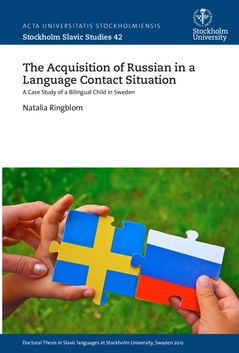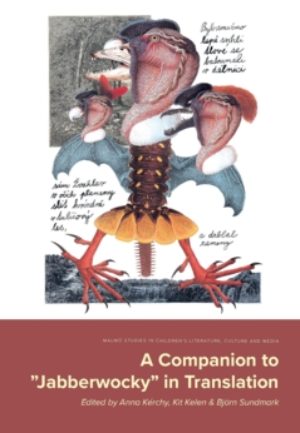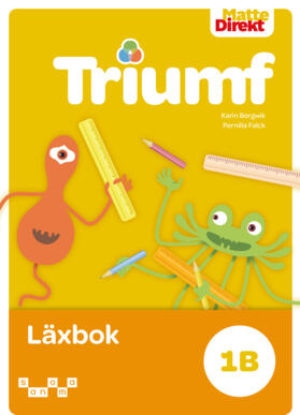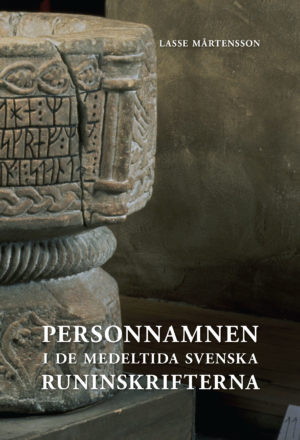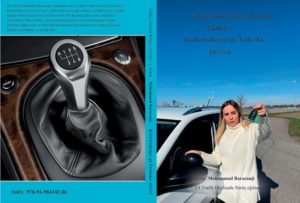This case study investigates the acquisition of Russian in a language contact
situation. It examines a simultaneous Swedish-Russian bilingual child born and
raised in Sweden. Qualitative analysis is provided from age 1;4 to 8;5 focusing
especially on the earliest stages (before the end of the critical period at
4;5). The aim was to investigate (a) whether the child reaches the same
milestones as monolingual children, (b) whether there is evidence that two
separate linguistic systems have been developed, (c) whether the child's
grammatical competence in both languages might be qualitatively different from
that of monolingual children and (d) whether there is interaction between the
languages. The hypothesis tested is that ample input is needed to construct and
develop two linguistic systems on a native-speaker level.
